50 Animal Behaviors You’ll Find Truly Terrifying
Animals often rely on instincts and strategies that look shocking to human eyes. These behaviors can involve unusual hunting methods, unsettling defenses, or ways of surviving that seem harsh by our standards. This list gathers examples that reveal the less familiar side of the animal world.
Polar Bear
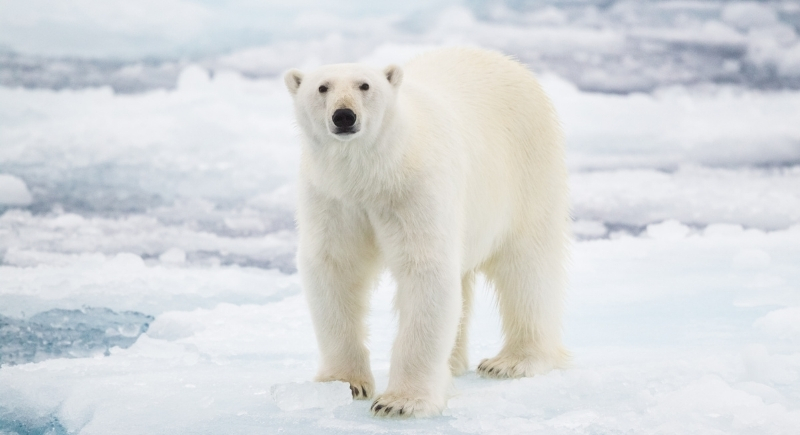
Credit: Getty Images
Polar bears are capable of following people for long distances. Once they pick up a trail, they may stop and wait or continue moving steadily closer. These predators hunt seals with patience and skill, and the same persistence can lead them to trail vehicles or remain near buildings until an opportunity appears.
Orca

Credit: Getty Images
Orcas pass knowledge through generations, including hunting techniques and social behaviors. In recent years, they’ve been documented ramming and even sinking sailboats. Researchers suggest the cause could be play, learned aggression, or a response to past encounters. Their ability to act together with precision shows how powerful coordinated behavior can be.
Crow
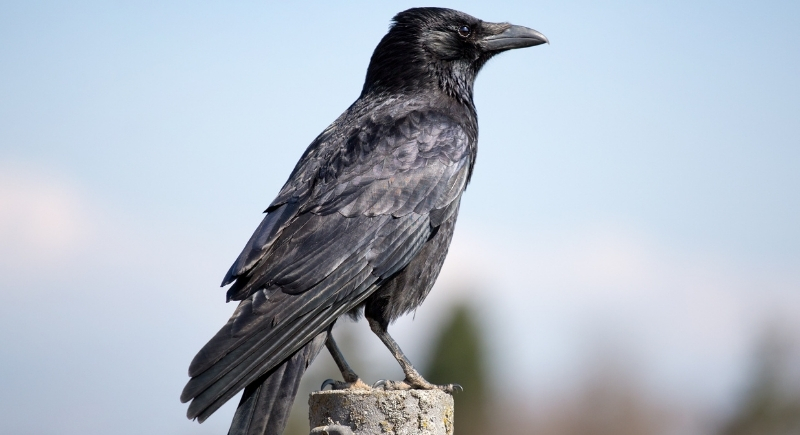
Credit: pixabay
Some animals forget a face quickly, but crows can remember yours for years. If you cross one, it might summon others to mob you, diving and calling in a noisy assault. They’ve even been seen holding “funerals” for their dead.
Great White Shark
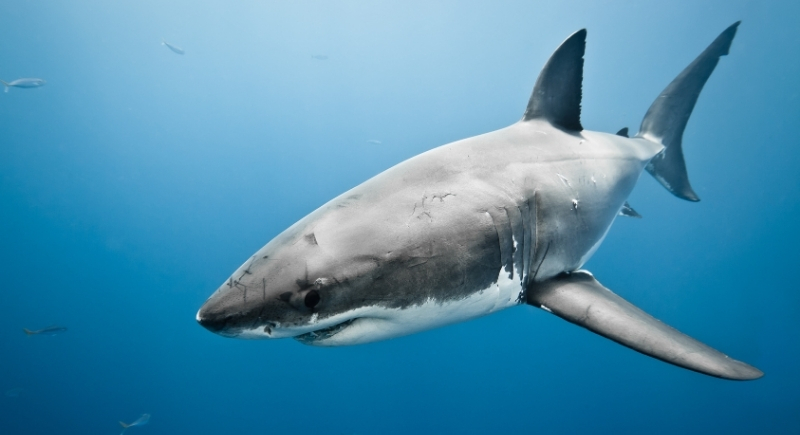
Credit: Getty Images
Great white sharks often hunt by staying out of sight near the seafloor and striking upward in a sudden vertical attack. The speed and force leave little chance for prey to escape. They can also detect faint electrical signals, including heartbeats, that allow them to locate animals even when visibility is poor.
Mantis Shrimp
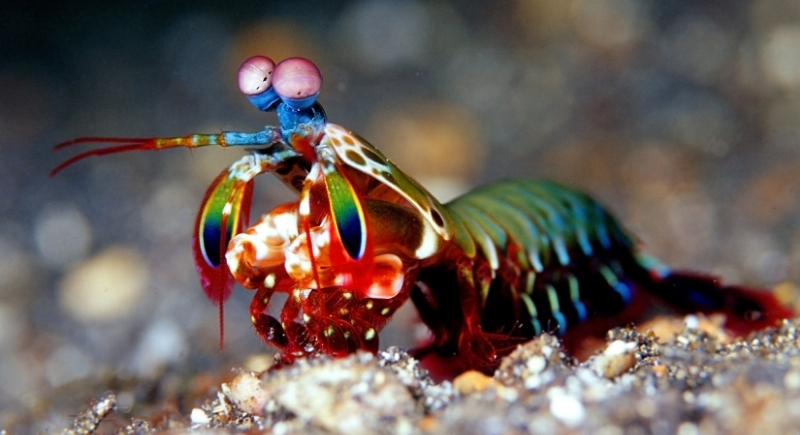
Credit: Getty Images
The mantis shrimp can strike at speeds close to 50 miles per hour. The impact is so rapid that it produces bubbles that collapse with a sharp burst of energy. This strike is powerful enough to break shells and, in some cases, crack aquarium glass.
Humboldt Squid
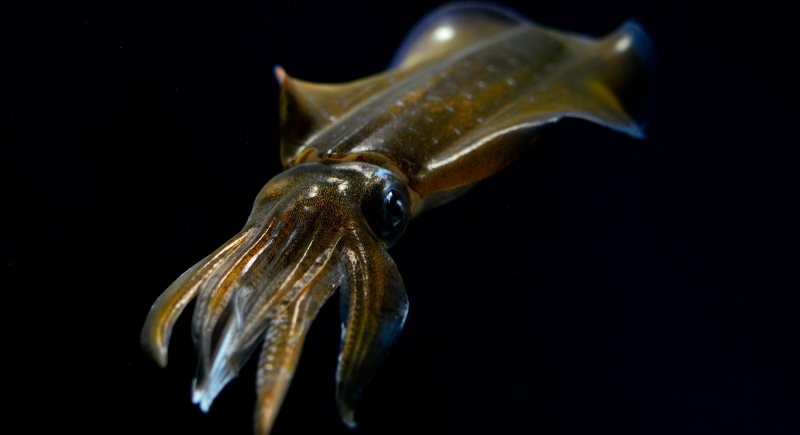
Credit: Getty Images
Humboldt squid often gather in large groups that rise from deep waters. They use rapid flashes of red and white as signals, especially while hunting. Although generally curious toward divers and equipment, they can become aggressive during feeding by moving in coordinated swarms capable of overwhelming prey and striking at nearby objects.
Komodo Dragon
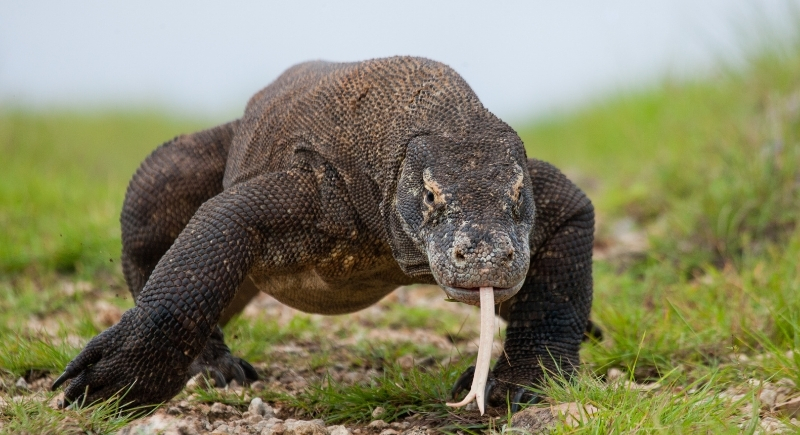
Credit: Getty Images
The Komodo’s venom stops clotting and causes massive blood loss over time. They’re capable of digging up graves or sensing menstrual blood, and it waits for the perfect moment to strike. With powerful jaws, sharp teeth, and claws, it’s a predator that combines patience with brute force to bring down almost anything.
Hyena
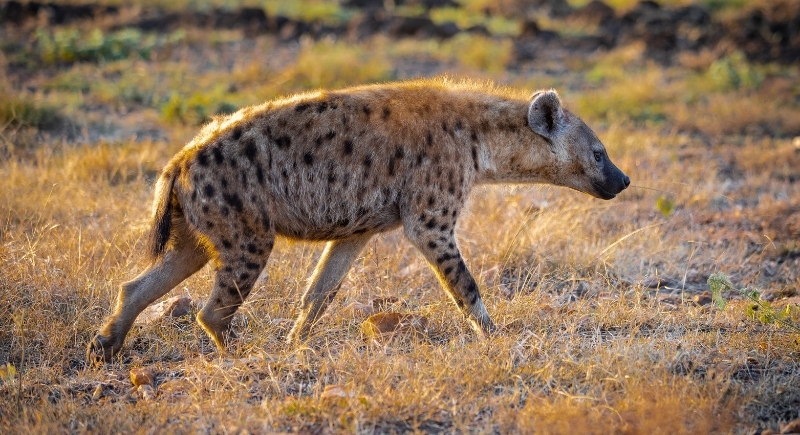
Credit: Getty Images
Few predators can bite through bone with such ease, but the Hyena crushes it to reach the marrow. They first target soft tissue, often while prey is still alive, and their eerie vocalizations—giggles, growls, and rattles—can fill the night.
Zombie Fungus
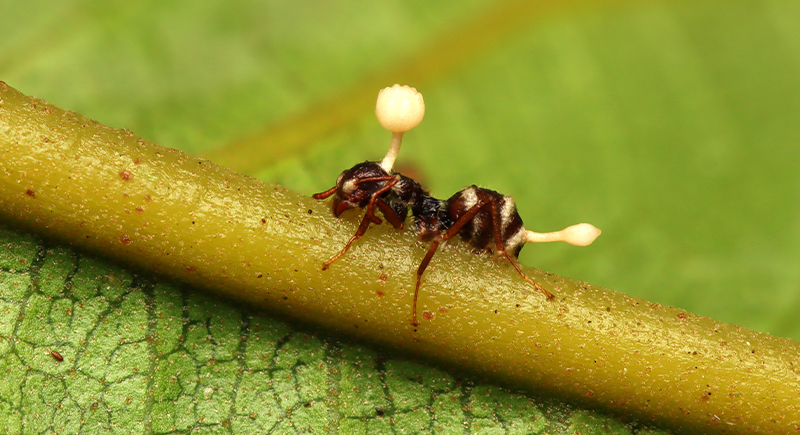
Credit: iStockphoto
This parasite rewires an ant’s brain and forces it to climb to a high perch and clamp down before dying. Then it grows out of the host’s head while scattering spores to infect others. Heat resistance is making it even more adaptable and ensuring its gruesome life cycle continues in changing environments.
Tarantula Hawk Wasp
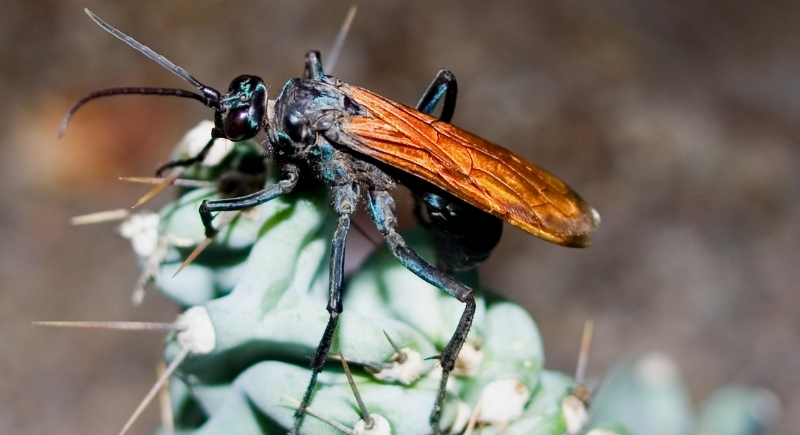
Credit: Getty Images
The tarantula hawk wasp’s sting paralyzes but doesn’t kill, thus leaving the spider fully aware as it’s dragged to a burrow. Thereon, an egg hatches, and the larva eats the still-living host from the inside, saving vital organs for last. The spider remains alive for days.
Tongue-Eating Louse
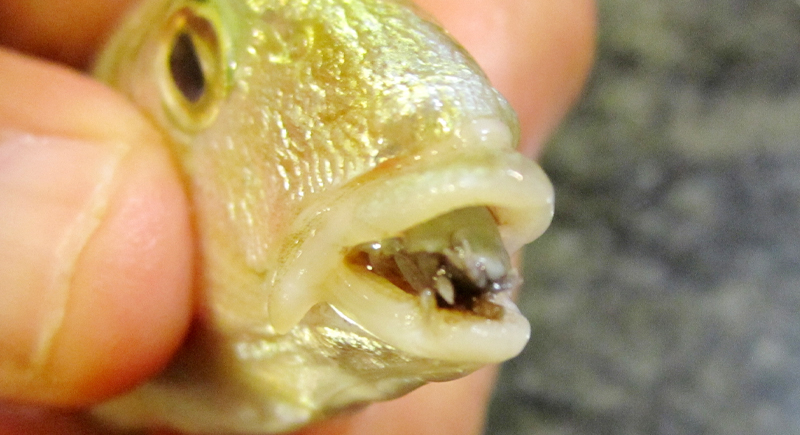
Credit: Wikimedia Commons
This louse enters through a fish’s gills, cuts off blood flow to the tongue until it withers away, then takes its place. It feeds on blood and mucus while functioning as the fish’s new “tongue.” The unsettling part is that the fish can live a normal life with the intruder lodged in its mouth.
Moray Eel
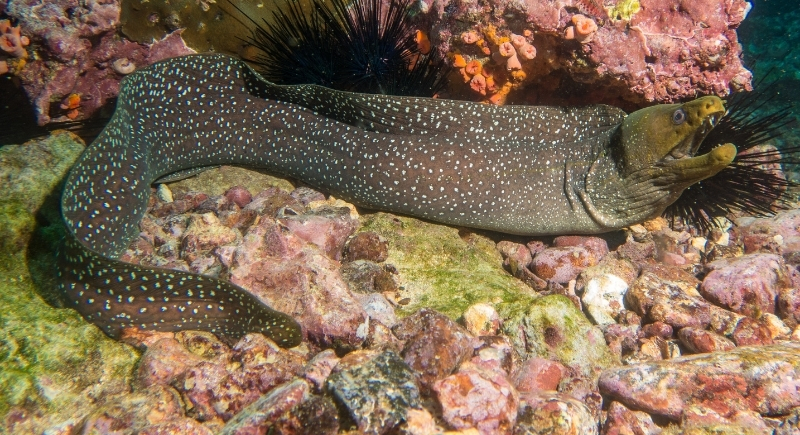
Credit: Getty Images
Moray eels are usually hidden in crevices, waiting with their mouth opening and closing in a rhythmic, unsettling way. When prey comes close, a second set of jaws shoots forward from its throat to drag the victim inside. Combined with sharp teeth and occasional toxic mucus, it’s a predator built for sudden, inescapable strikes.
Sea Cucumber
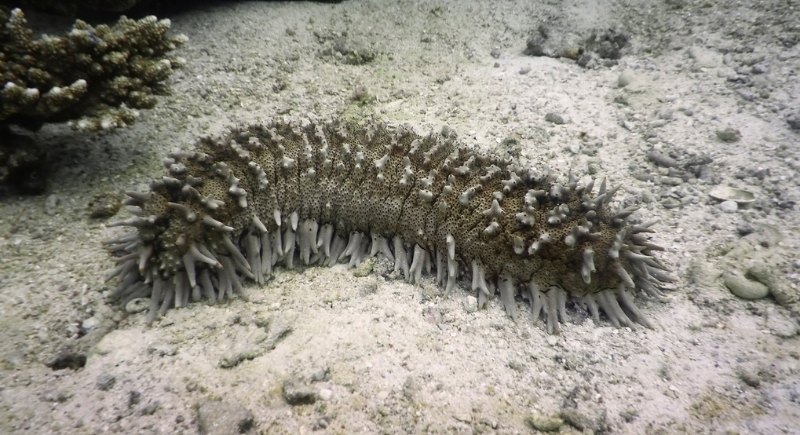
Credit: Getty Images
The sea cucumber expels part of its insides into the water when threatened. The floating, sticky entrails distract or entangle predators, giving it time to escape. Though the ejected organs grow back, watching a creature spit out parts of itself as a defense can be disturbing to witness.
Bone Collector Caterpillar
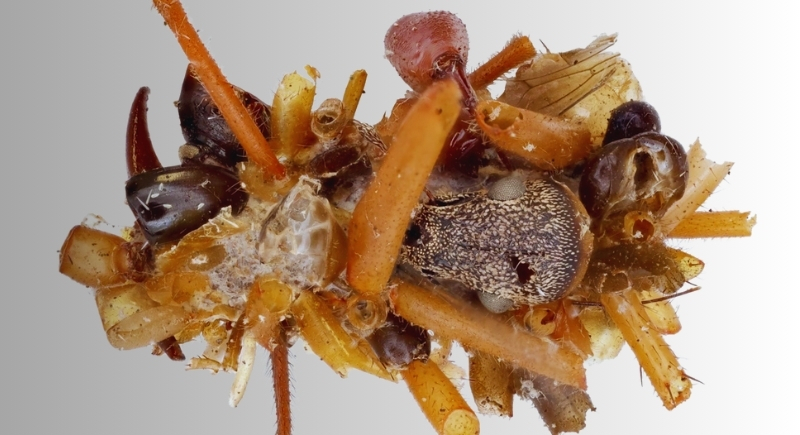
Credit: Instagram
This small predator decorates its silk case with the remains of other insects—legs, heads, and body parts—to hide in plain sight. Wearing a suit of corpses, it creeps onto spider webs to steal prey or even eat the spider itself. The disguise is effective and morbidly resourceful.
Carrion Birds
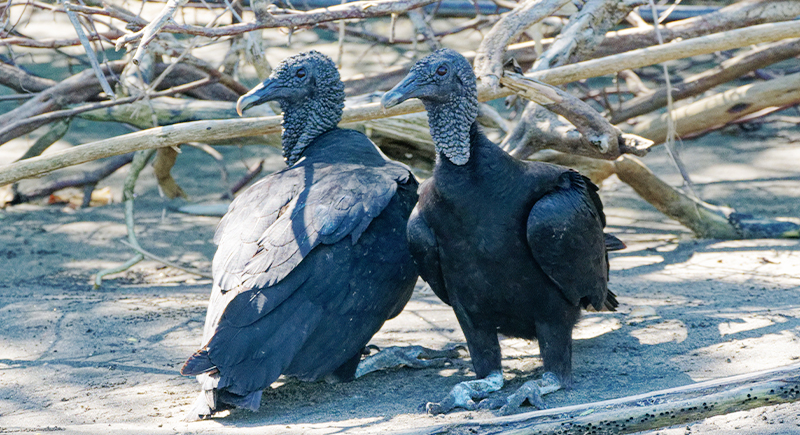
Credit: iStockphoto
By gathering in large numbers around carcasses, carrion birds can turn any scene macabre. These scavengers sometimes start eating a victim before it’s fully dead, often going for the eyes first. While vital for cleaning up decay, their presence and method of feeding make them unsettling to witness up close.
Alligator
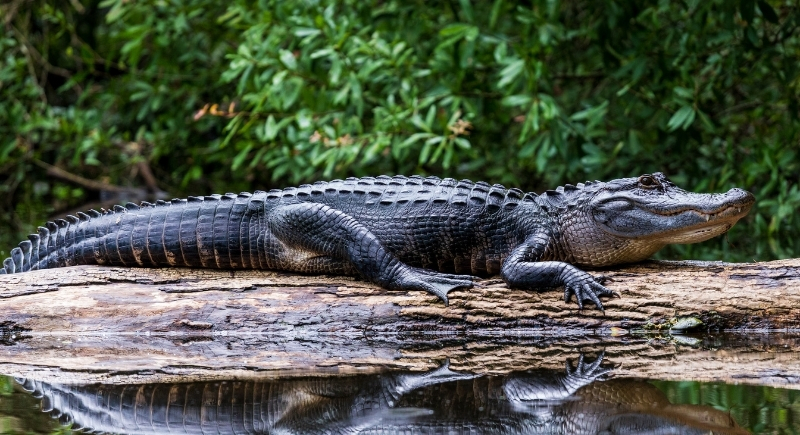
Credit: Getty Images
Instead of slowing down with age, alligators keep growing as long as they survive injury, disease, or predators. Scientists call it negligible senescence, meaning its strength and reproductive ability don’t fade over time. In theory, it can live for over 50 years.
River Otter
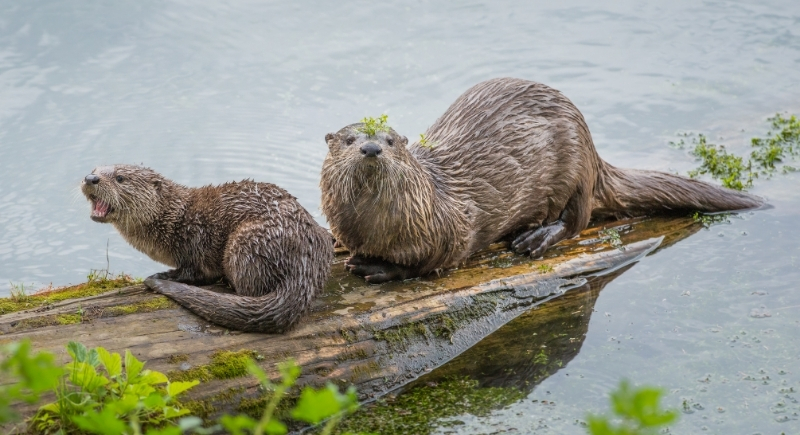
Credit: Getty Images
A bite force of around 615 PSI allows the river otter to crack through tough shells with ease. Those same jaws, paired with 36 sharp teeth, work efficiently underwater to grip and kill prey. Though generally playful, otters may still defend territory or pups with surprising aggression.
Frog
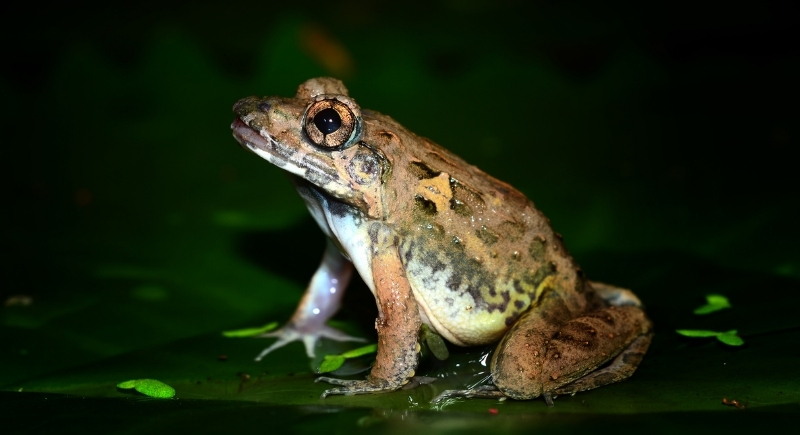
Credit: Getty Images
Frogs pull off an unsettling trick when faced with something toxic: ejecting their stomachs completely outside their mouths. Using its front feet, it wipes the organ clean before swallowing it back into place. This stomach inversion, called gastric eversion, is a specialized way to purge harmful or indigestible items from the system.
Elephant
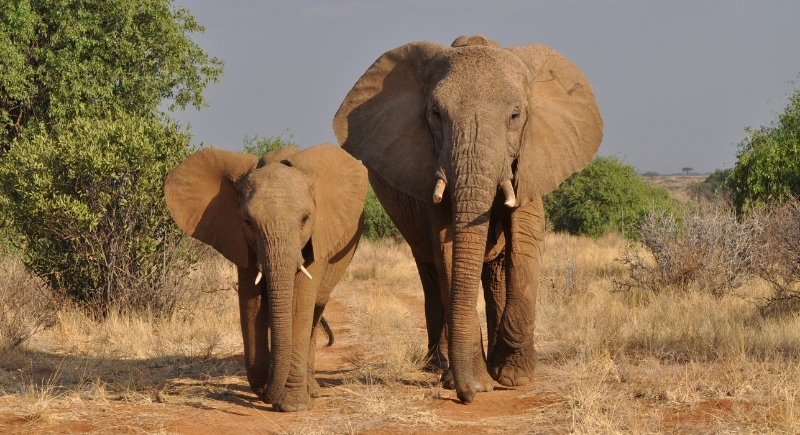
Credit: Getty Images
Infrasound lets elephants detect distant storms, sometimes more than a hundred miles away. The vibrations travel through both air and ground, reaching specialized tissues in their feet as well as ears. By following these signals, they can locate water during dry seasons and adjust their movements long before rain is visible.
Dragonfly
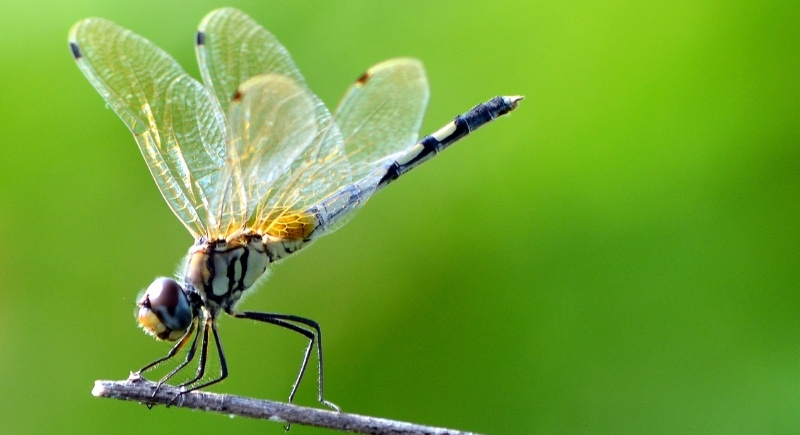
Credit: Getty Images
Nearly every hunting attempt from the dragonfly succeeds, often within seconds. Excellent eyesight covers almost the full circle around its head and allows it to to spot targets mid-flight. Plus, their quick turns, sudden acceleration, and a firm aerial grip ensure that the prey doesn’t escape.
Fox
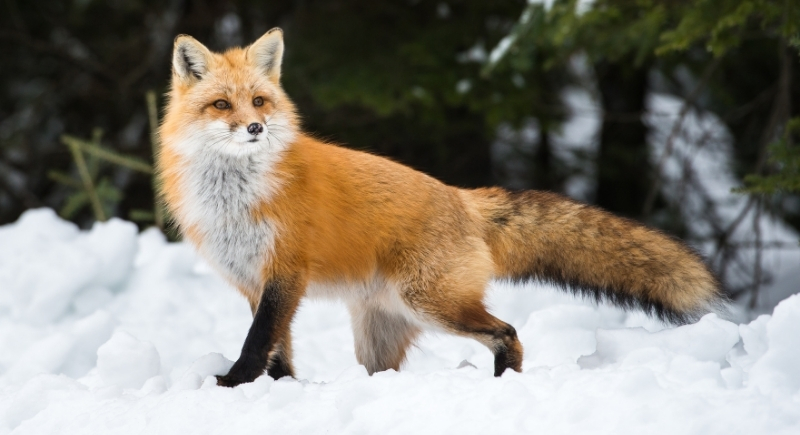
Credit: Getty Images
At night, a fox’s scream might resemble a distressed woman or a crying infant. This high-pitched call often marks mating season but can unsettle anyone nearby. Foxes also occasionally carry diseases that transfer to pets or even humans.
Vulture Bee
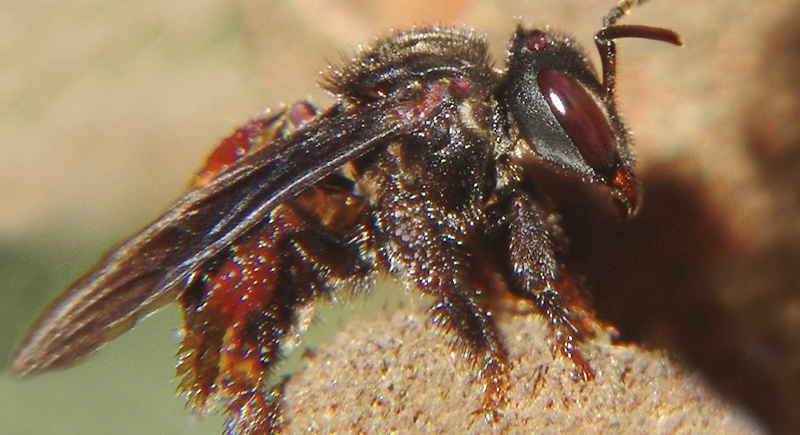
Credit: Wikimedia Commons
Instead of gathering nectar, the vulture bee consumes rotting meat before processing it into a protein-rich honey-like substance for the hive. This adaptation supports survival in nectar-poor areas while feeding larvae a nutrient-dense meal. Though the product isn’t for human consumption, the method of making it remains one of nature’s stranger food production strategies.
Guinea Worm
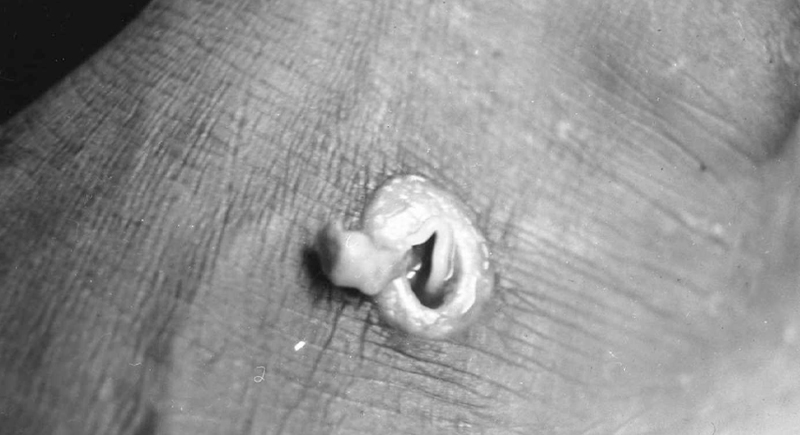
Credit: Wikimedia Commons
After months inside the human body, the mature female guinea worm migrates to the skin’s surface, often in the foot. A blister forms, then ruptures, thus allowing the worm to slowly emerge—sometimes over weeks. It usually measures up to three feet, and is removed by winding it around a stick, a painstaking process repeated daily.
Spider
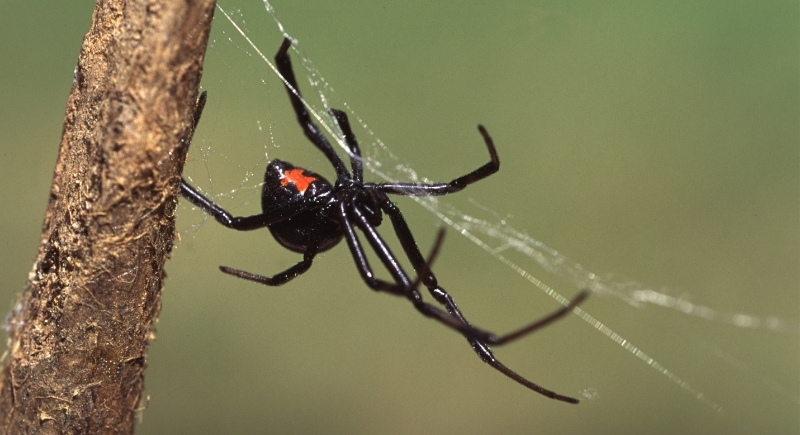
Credit: Getty Images
Spiders trap or hunt prey before delivering a venomous bite. In some species, females consume males after mating, a behavior called cannibalism. Erratic bursts of movement can make them seem unpredictable, as their many eyes and hairy bodies often heighten people’s unease in their presence.
Woodpecker
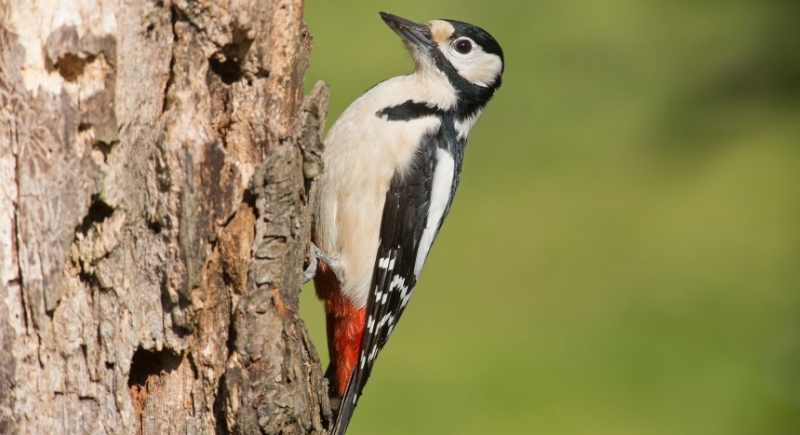
Credit: Getty Images
The woodpecker’s tongue isn’t only long enough to probe for insects; it wraps around the skull like a seatbelt. This configuration cushions the brain from repeated impacts while pecking at up to a thousand times the force of gravity. Strong neck muscles and specialized bone structure further protect it from head injury.
Sloth
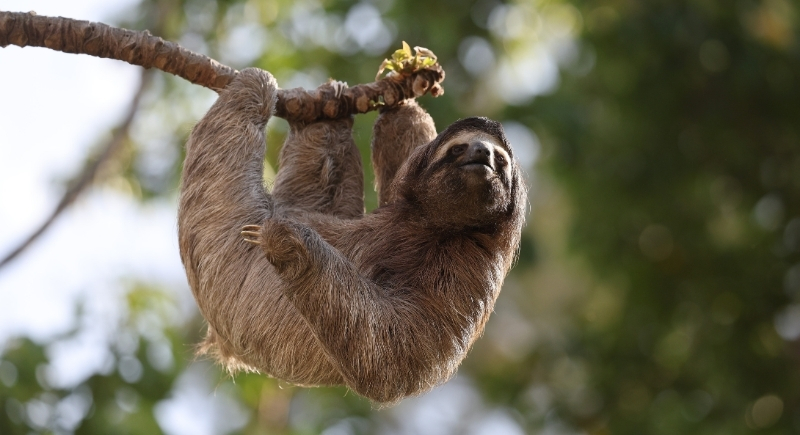
Credit: pixabay
Hanging upside down while sleeping takes no effort for the sloth because its tendons lock the claws closed without using muscle. To open its grip, it must actively contract muscles, which is why it can dangle for hours—even in death. This energy-saving adaptation allows a sloth to remain motionless and secure in the trees.
Butterfly
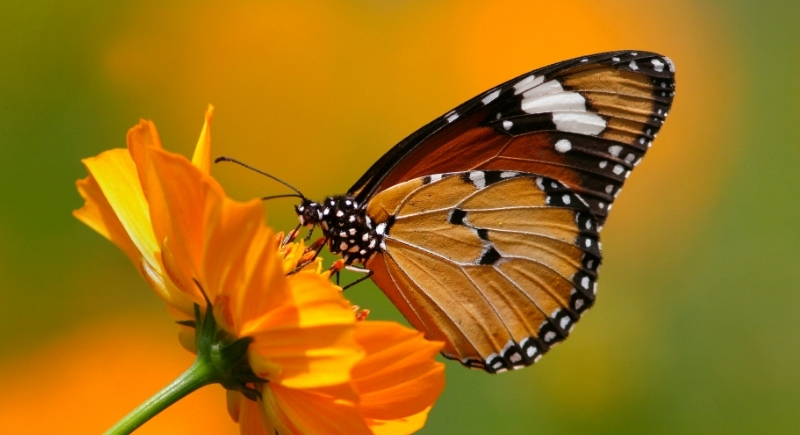
Credit: pexels
While most butterflies feed on nectar, a few species have been observed drinking blood or tears. Using their long proboscis like a straw, they can pierce animal skin or draw fluid from the eyes of sleeping birds. These behaviors, called hematophagy and lachryphagy, are unusual but well-documented.
Piranha
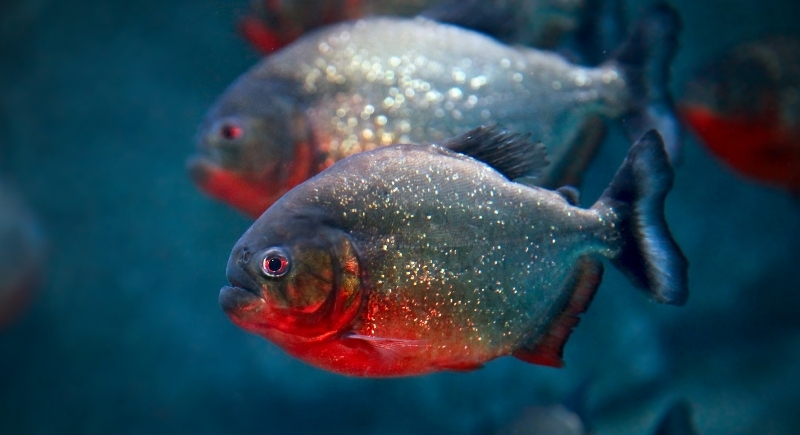
Credit: Getty Images
Despite their fierce reputation, piranhas scavenge more often than attack live prey. Still, when food is scarce or an animal is injured, they can swarm in a rapid feeding frenzy. Each fish darts in for a bite before moving aside, creating the infamous “boiling water” effect that startles swimmers and onlookers alike.
Harpy Eagle
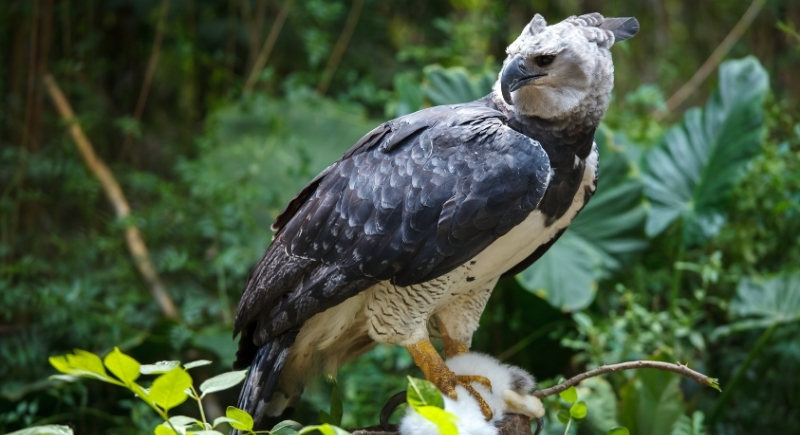
Credit: Getty Images
With talons up to four inches long, the harpy eagle can capture prey nearly half its own weight. It drops from the forest canopy at high speed, while taking monkeys or sloths before they can escape.
Manatee
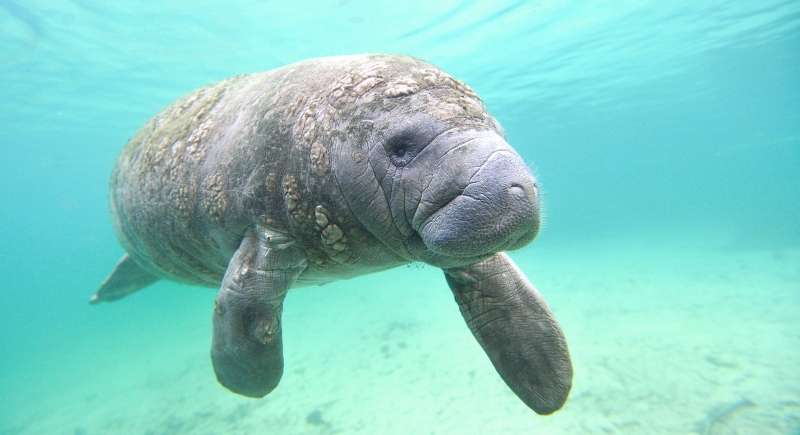
Credit: Getty Images
Although usually peaceful, a manatee can still startle people with sudden, sharp squeals when frightened. During “cavorting” behavior, it rolls, slaps its tail, and swims quickly in tight circles, often in mating contexts. Its size and unpredictable bursts of movement can make close encounters surprisingly tense.
Koala
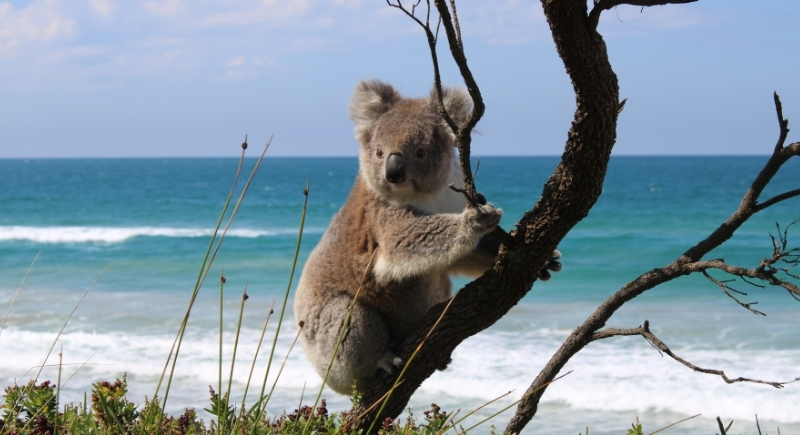
Credit: Getty Images
Male koalas produce deep, growling calls at night to attract mates and signal dominance. Although they appear calm, they can defend themselves with sharp claws and strong bites, and have been known to cause serious injuries when threatened.
Caterpillar
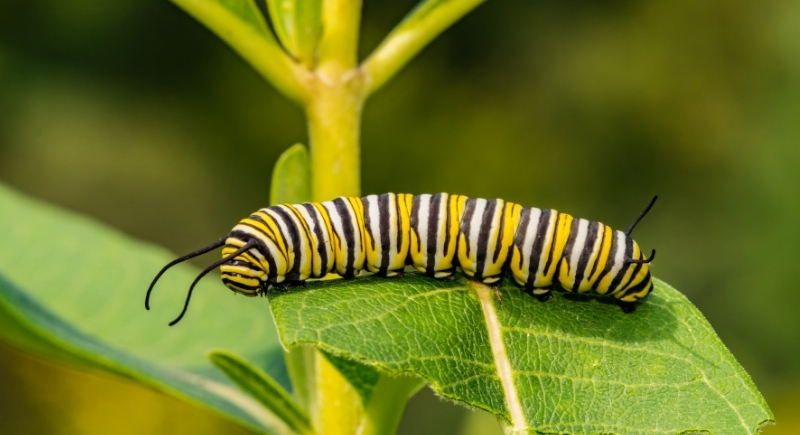
Credit: Getty Images
Even after metamorphosis, caterpillars retain memories from their larval stage. Scarce food can make them combative, headbutting, or lunging to claim resources. Certain species use mimicry—appearing like snakes or predators—to ward off threats. Others have stinging hairs or spines that deliver painful reactions on contact.
Grasshopper
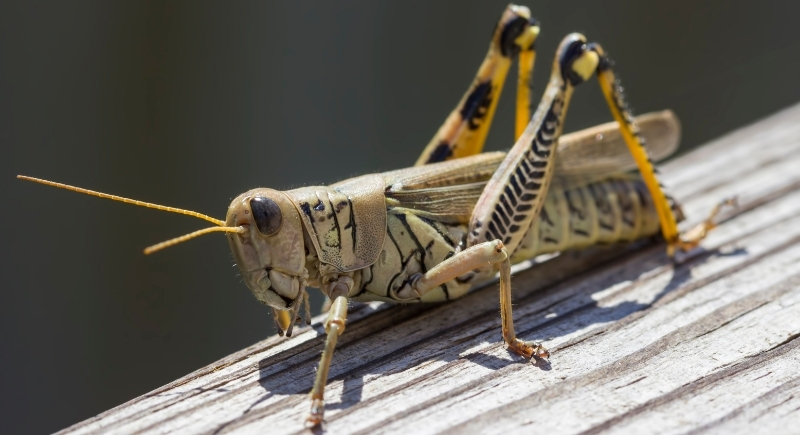
Credit: Getty Images
When food runs short among grasshoppers, swarming behavior can take over, and cannibalism becomes common. They leap great distances with powerful hind legs, sometimes in erratic patterns that confuse predators. In disputes, they may bite, kick, and grapple. Some species use sudden color flashes or movements to startle potential attackers into backing off.
Octopus (Brains in Arms)
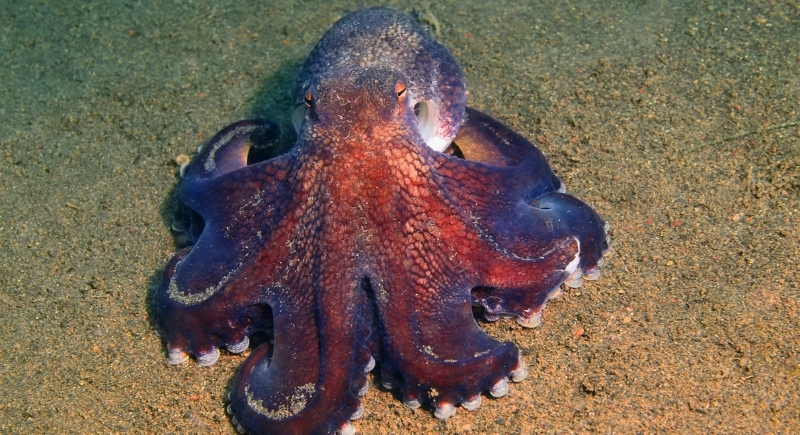
Credit: Getty Images
Each arm of the octopus processes information independently. This allows it to multitask while hunting or escaping. It can instantly change color and texture or make its body look larger. A sudden cloud of ink helps it disappear from view. Sometimes, it even detaches a wriggling arm to distract predators before slipping away.
Zombie Caterpillar
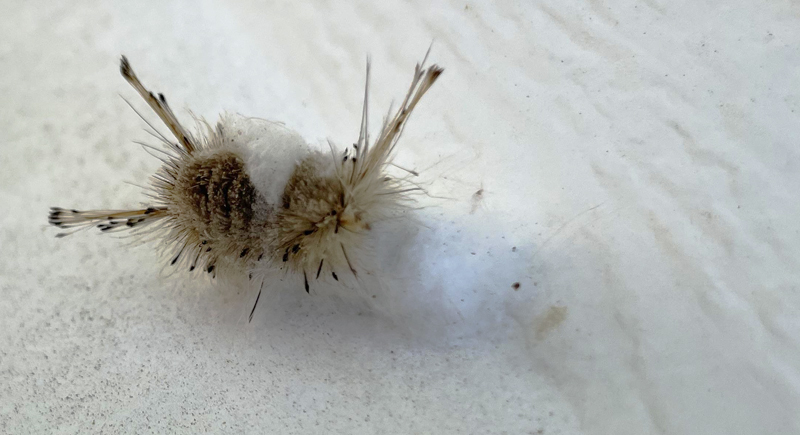
Credit: Reddit
Certain parasitic wasps lay eggs inside caterpillars. After the larvae emerge and spin cocoons, the weakened caterpillar remains nearby instead of leaving. It defends the cocoons from predators until it eventually dies, a result of the parasite altering its normal behavior.
Snail Teeth
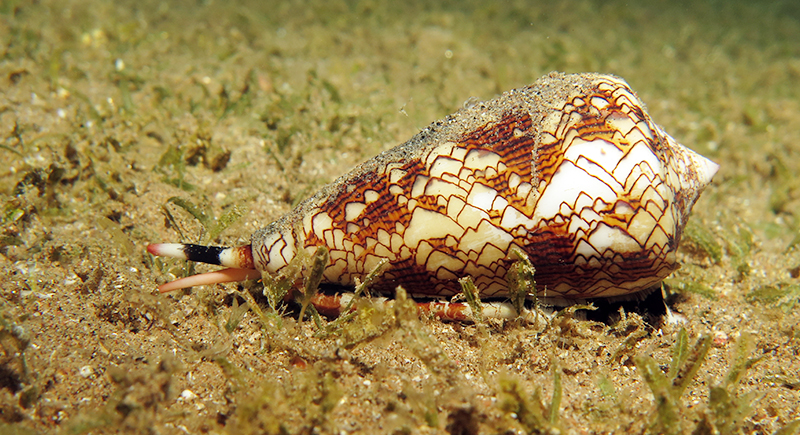
Credit: iStockphoto
Cone snails use a modified tooth as a venomous harpoon to capture prey. The harpoon delivers a neurotoxin that quickly paralyzes the target. Because new teeth are constantly produced, the snail always has one ready, which means it can kill small fish despite its slow movement.
Wolf
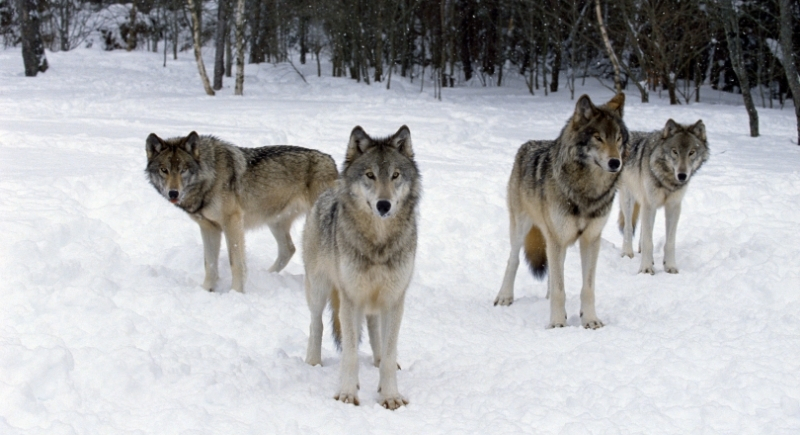
Credit: Canva
Pack cooperation allows wolves to target prey much larger than themselves. Internal hierarchy disputes can be tense, with growls, snaps, and posturing. Territorial boundaries are marked with scent. Though they generally avoid humans, a wolf that doesn’t retreat might be assessing the situation.
Bulls
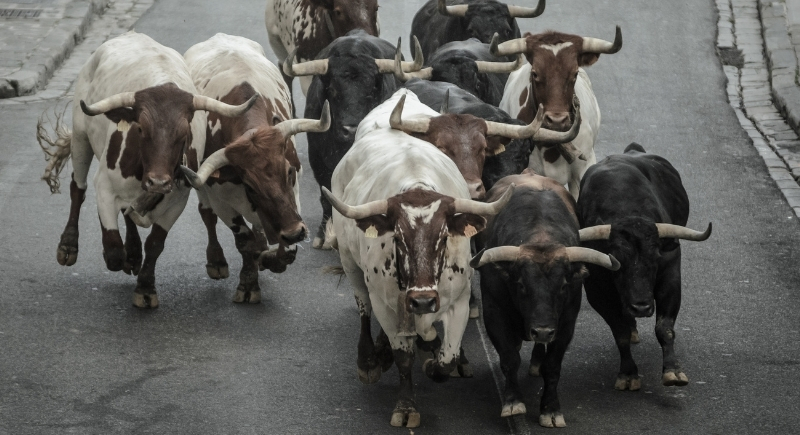
Credit: Getty Images
Warning signs before a bull charges include pawing the ground, lowering the head, and turning sideways. Tail flicks and snorts are also common. Bulls react mainly to movement and threats to dominance, not to color, which is why a moving target is more likely to provoke a charge than a still one.
Rats
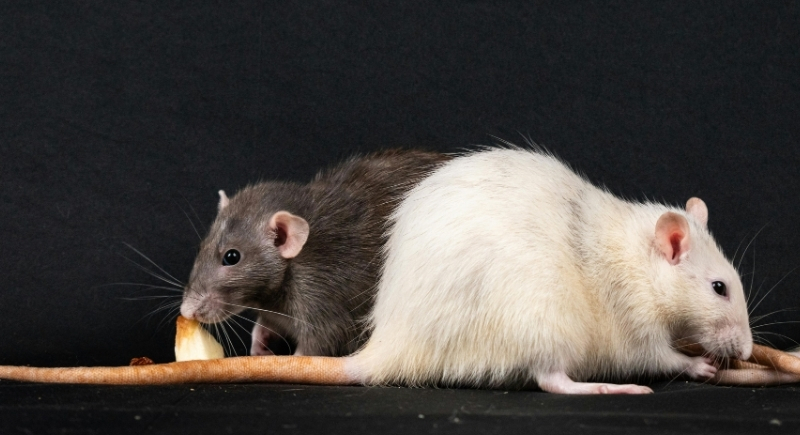
Credit: pexels
When caught by the tail, some rats can lose the outer layer of skin and tissue in a process called degloving. This allows them to break free, though it leaves a raw, exposed wound. The injury may heal over time, but the lack of new skin makes infection more likely during recovery.
Axolotl
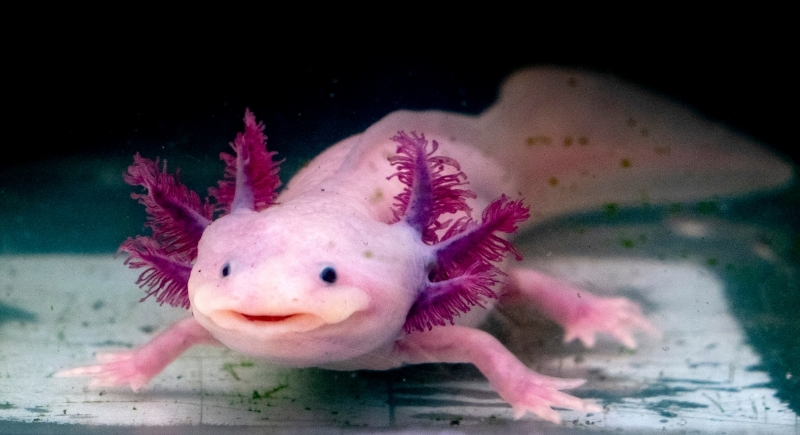
Credit: Getty Images
Hunger can push axolotls into cannibalism by making them bite off limbs from others in close quarters. Their regenerative ability means a lost leg, tail, or even parts of the spinal cord grow back in full. This cycle of injury and repair is a survival trade-off that few other vertebrates can match.
Rex (Prehistoric)
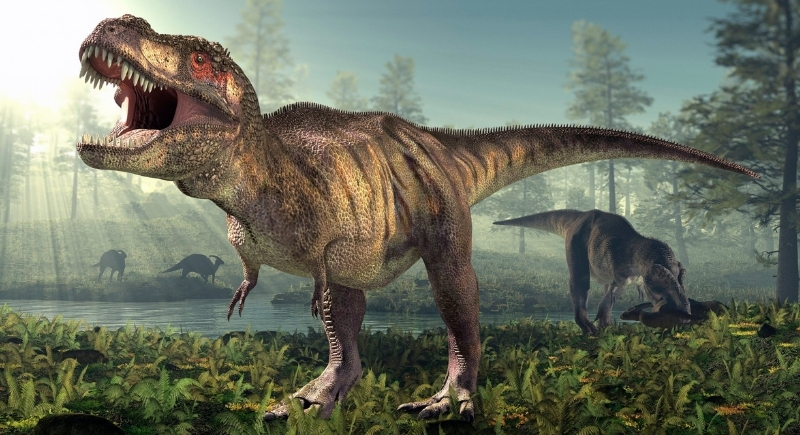
Credit: Canva
Binocular vision allowed the T. rex to spot prey miles away. It had teeth the size of bananas and a bite force capable of tearing 100 kilograms of flesh at once. While its tiny arms puzzle scientists, theories suggest they helped steady prey during feeding or slashing.
Elephant Seal
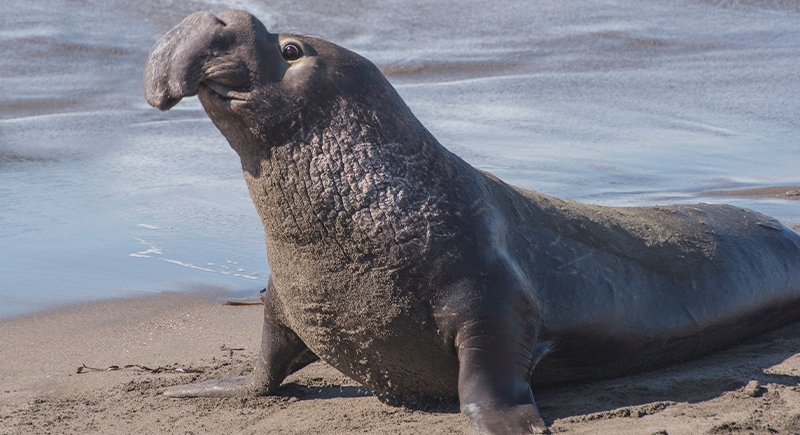
Credit: iStockphoto
During mating season, males battle with roars and violent clashes, which sometimes leave deep wounds. Size plays a role—males can outweigh females several times over. Dominant individuals control harems and defend them against rivals in dramatic, high-energy fights that determine mating opportunities for the rest of the season.
Eels
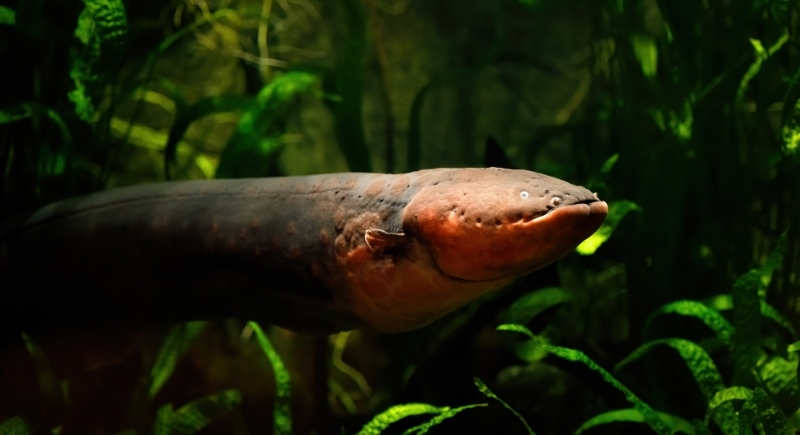
Credit: Getty Images
An electric eel can deliver up to 600 volts in a single discharge while stunning prey or deterring threats. In some cases, it leaps from the water to make contact, thus intensifying the shock. Though usually targeting fish, the jolt can incapacitate humans and pose a drowning risk even in relatively shallow water.
Human Skin Mites
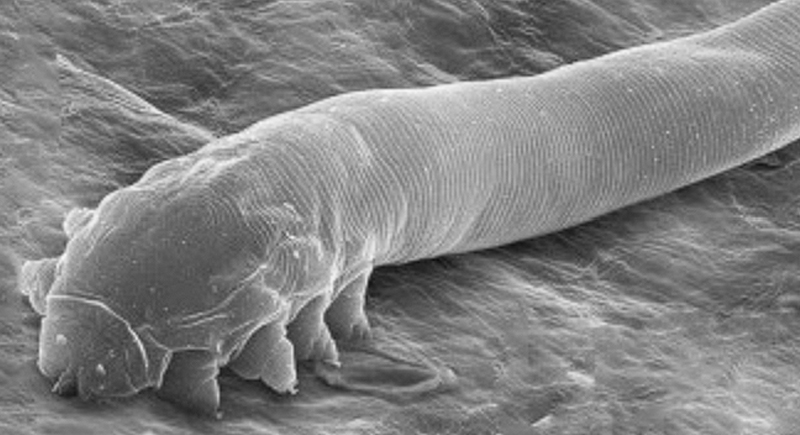
Credit: Wikimedia Commons
These microscopic creatures live in hair follicles and pores and emerge at night to mate. They excrete waste, likely consumed by other microorganisms in the pores. They’re present on nearly all humans, and usually cause no harm, though in some cases, their presence has been linked to skin conditions like rosacea.
Lions
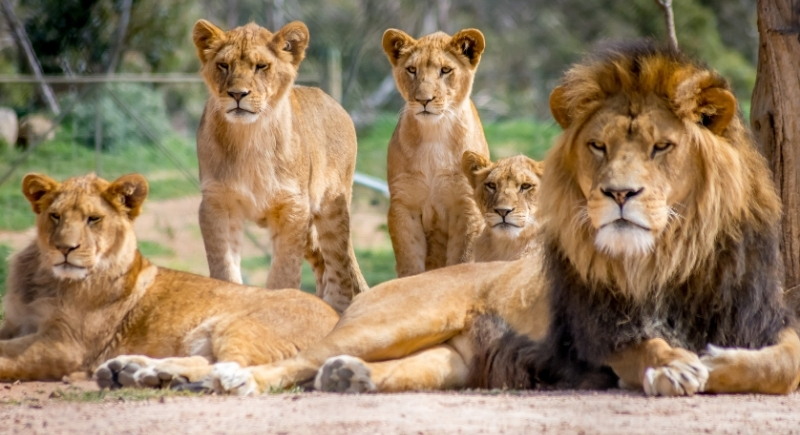
Credit: Canva
Lions have been known to steal kills from other predators, especially smaller ones. This kleptoparasitism saves energy and provides a reliable meal. They also scavenge carrion, sometimes following vultures to locate carcasses.
Chipmunks/Squirrels
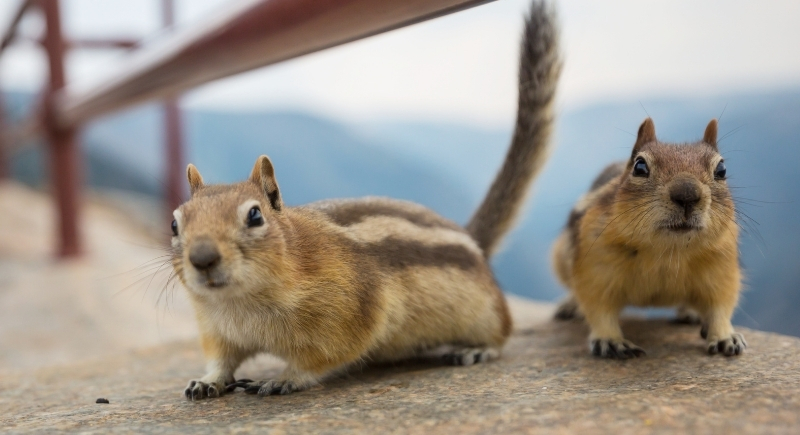
Credit: Canva
Chipmunks may bite if cornered, and squirrels can scratch with sharp claws during close encounters. Rapid tail flicking, hissing, and sudden lunges often signal an animal defending its nest or food stash. Both sometimes raid bird nests for eggs or hatchlings.
Chameleon
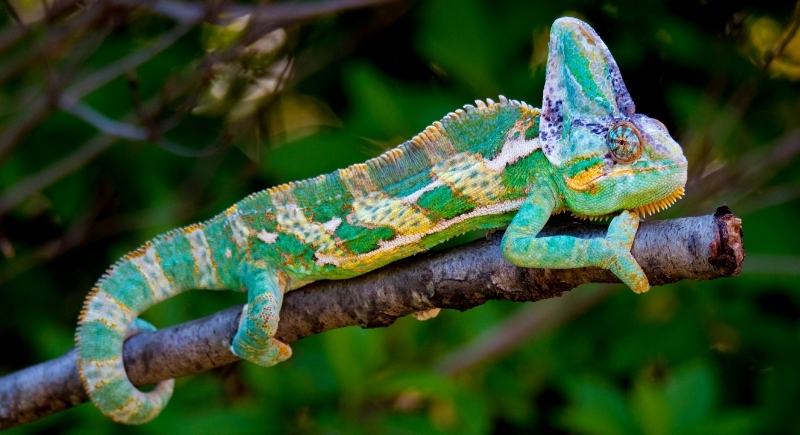
Credit: Getty Images
A chameleon displays its brightest greens or yellows, puffs its body, and gapes its mouth to appear larger when stressed. This warning display, often paired with a raised leg, communicates clear hostility. Slow, deliberate movements enhance the impression of control.
Ravens
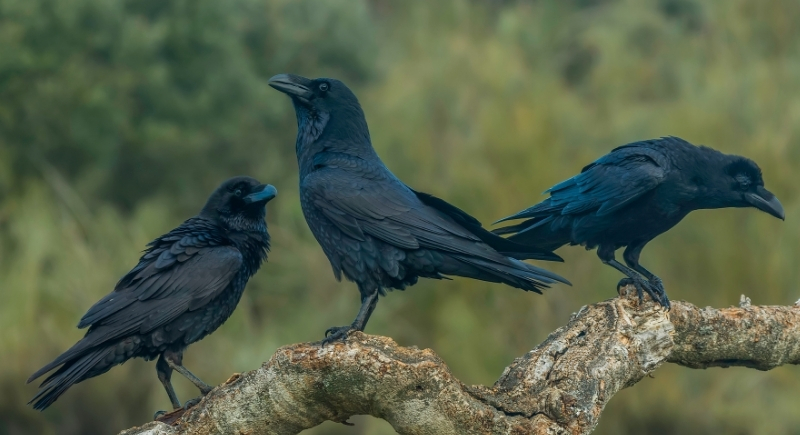
Credit: Getty Images
Ravens gather around dead birds as a ritual, with loud calls that attract more to the scene. These intelligent birds can remember human faces and respond differently to known threats. Their ability to mimic voices and strategize during hunts adds to the eerie effect of encountering them in unexpected places.
Carrion Fly
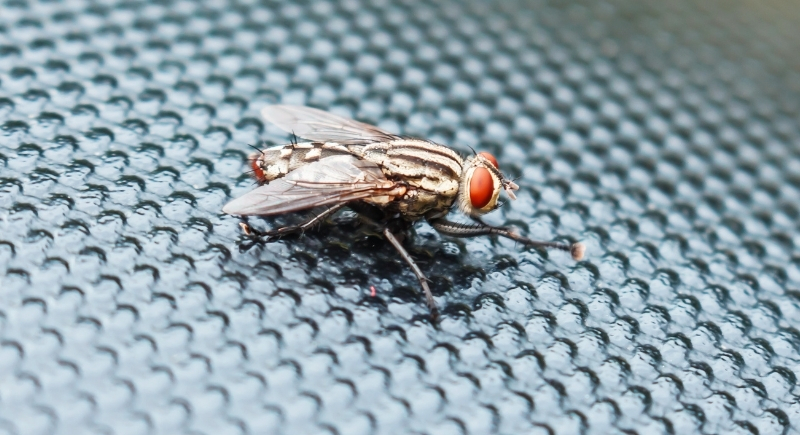
Credit: Getty Images
Within minutes of death, carrion flies can detect the scent of decomposition from over a mile away. Females quickly lay eggs on the body, which leads to hundreds of larvae consuming the tissue. This rapid arrival helps forensic investigators estimate the time of death.
Narwhal
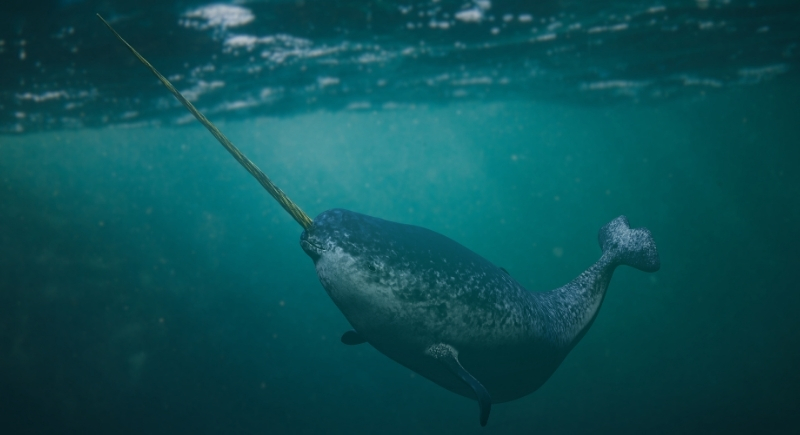
Credit: Getty Images
The narwhal’s spiraled tusk, a long canine tooth, can reach ten feet and contains sensory nerves that detect environmental changes. Groups may be seen crossing icy waters together, sometimes touching tusks in a behavior called “tusking.”